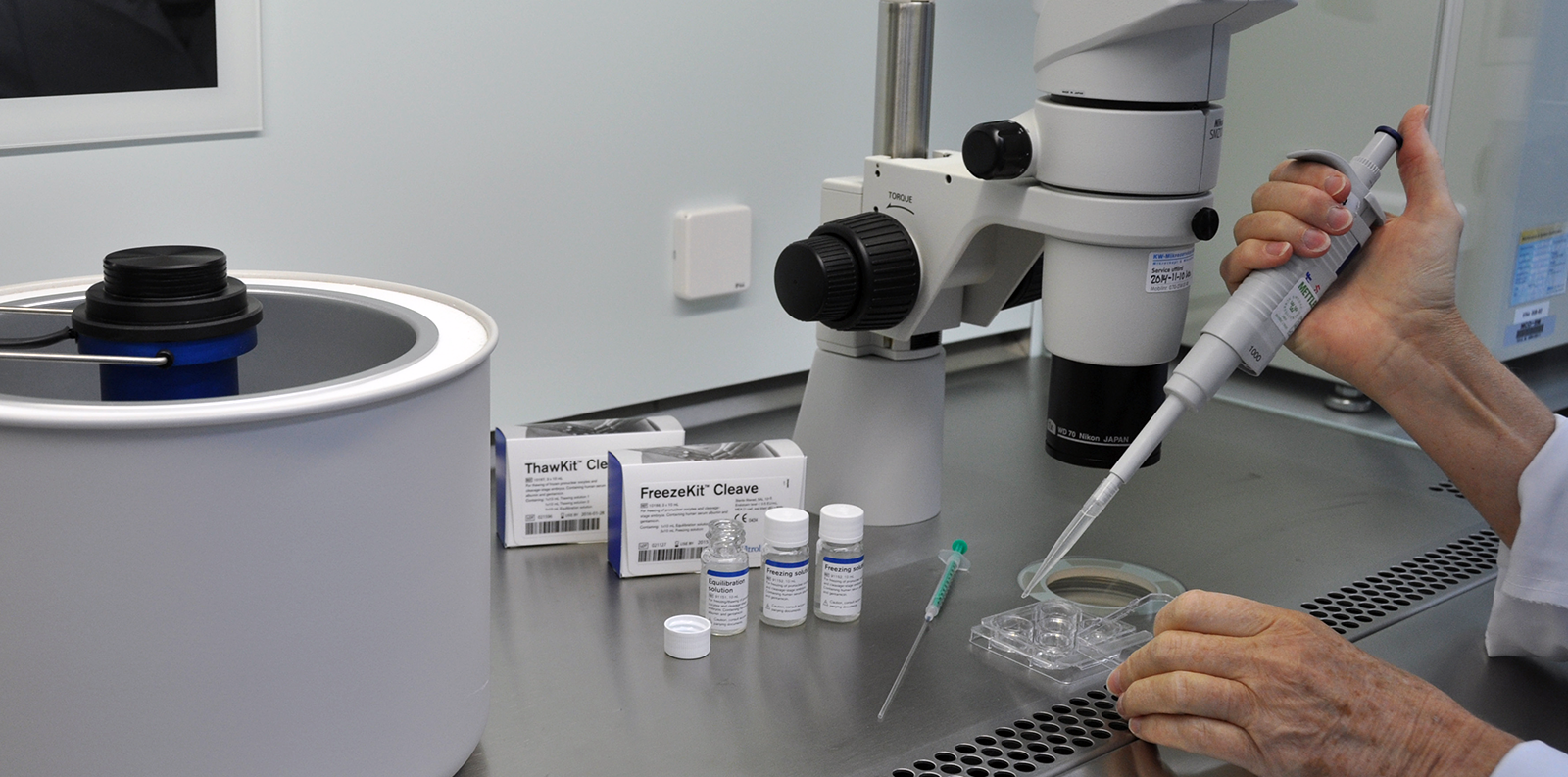Associated Professor David Edgar is the scientific director at Melbourne IVF in Australia, with extensive experience in the field of assisted reproduction. One of his focus areas is how to optimise the ability of embryos to survive cryopreservation. In this blog post he discusses the question about the role of slowfreezing in assisted reproduction.
Are slow freezing and vitrification based on different principles?
Successful cryopreservation of living cells can be achieved by maintaining functional capacity while minimising ice formation and exposure to lethal concentrations of solutes. This is routinely achieved by using chemical substances that act as cryoprotectants.
Some of these (e.g. DMSO or PROH) remove water via an osmotic gradient by permeating cells while others (e.g. sucrose) provide a continuous gradient but do not permeate the cell membrane. Fundamental principles also dictate that the extent of dehydration will be dependent on cooling rate and the permeability of cells to water but these common principles are applied in different ways in slow freezing and vitrification.
Is there only one method for slow freezing and one method for vitrification?
No! While the methodology for slow freezing of ART embryos remained essentially unchanged for over 20 years, recent modifications, which involve increasing the concentration of the non-permeating cryoprotectant and dehydrating embryos in a single step, have significantly improved survival rates for cleavage stage embryos1. Vitrification can be achieved with a variety of different cryoprotectants and a variety of tools that facilitate handling small volumes and achieving very rapid cooling and warming rates.
Is slow freezing as effective as vitrification?
Current experience2 suggests that vitrification can achieve more reproducible results than slow freezing in terms of survival rates with both unfertilised oocytes and blastocysts but consistently high survival rates can also be obtained with cleavage stage embryos using modified slow freezing1.
What are the potential advantages of slow freezing in ART?
While it should be theoretically possible to achieve consistently high survival rates of unfertilised oocytes and blastocysts with optimal slow freezing, it is unlikely that human material will be made available for the research necessary to establish optimal methodology now that vitrification is routine.
However, given that the methodology for slow freezing of cleavage stage embryos has now been improved and simplified to a single-step dehydration procedure, it offers a potentially more efficient way of dealing with the cryopreservation of large numbers of embryos which is often the situation in clinics where cleavage stage transfer is routine practice. It may also offer advantages in terms of protection from temperature fluctuation during transport of stored embryos, given that slow freezing is normally carried out in much larger volumes than vitrification.
Watch lecture to learn more
A lecture on this topic was held at a Vitrolife Scientific Symposium. Click to watch the movie to learn more about the role of slowfreezing in cryopreservation.
References
The opinions expressed by Vitrolife’s guest bloggers are their own and do not necessarily reflect Vitrolife's opinions or views.
Topics: Vitrification
Written by A/Prof David Edgar
Our guest blogger A/Prof David Edgar is the scientific director at Melbourne IVF in Australia, with extensive experience in the field of assisted reproduction. One of his focus areas is how to optimise the ability of embryos to survive cryopreservation.
